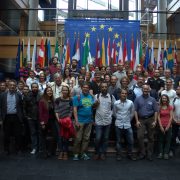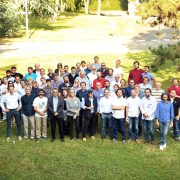KM3NeT wishes all XPRIZE finalists good luck!
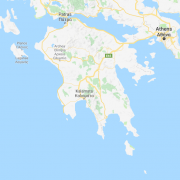 During November and December 2018, KM3NeT will follow with great interest the sea operations of the finalists of the Shell Ocean Discovery XPRIZE.
During November and December 2018, KM3NeT will follow with great interest the sea operations of the finalists of the Shell Ocean Discovery XPRIZE.
The Shell Ocean Discovery XPRIZE is a global competition for innovation in deep sea technology. The challenge for the nine teams in the final competition is to explore and map within 24 hours and with a resolution of at least five metres a large area of the seafloor of the Mediterranean Sea, off-shore the city of Kalamata on the Peleponnese peninsula of Greece.
The selected area is about 500 km2 with depths up to 4000 m. The teams must explore at least 250 km2 of the area with their self-developed autonomous technology. The autonomous devices will be launched from a control centre in Kalamata, where they must be recovered again at the end of their explorative mission.
Fortunately for KM3NeT the selected area includes the future third installation site of KM3NeT. The high-resolution bathymetric map resulting from the measurements of the finalists will be made available to NCSR-Demokritos, one of the founding partners of KM3NeT and the managing institute of the KM3NeT-Gr installation site. The high-resolution map is a fantastic contribution to the implementation of the KM3NeT-Gr site.
The KM3NeT Collaboration wishes all finalists good luck in their challenging endeavour!

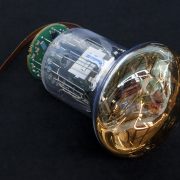 31 May 2018 – Each KM3NeT
31 May 2018 – Each KM3NeT 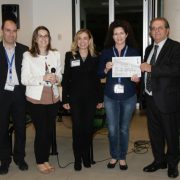
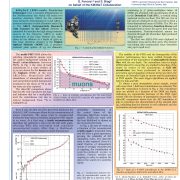
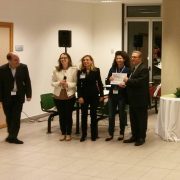
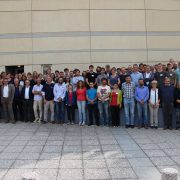

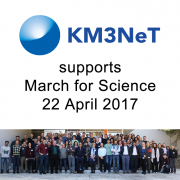 On 22 April 2017 scientists, concerned citizens and science lovers will march to celebrate science and to stress the need for support and safeguarding of the global scientific community.
On 22 April 2017 scientists, concerned citizens and science lovers will march to celebrate science and to stress the need for support and safeguarding of the global scientific community.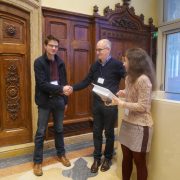 17 March 2017 – The KM3NeT Collaboration congratulates
17 March 2017 – The KM3NeT Collaboration congratulates 